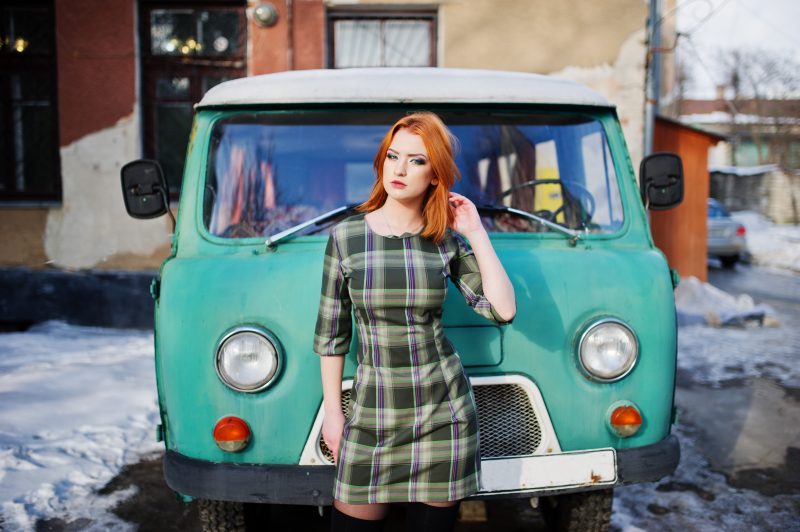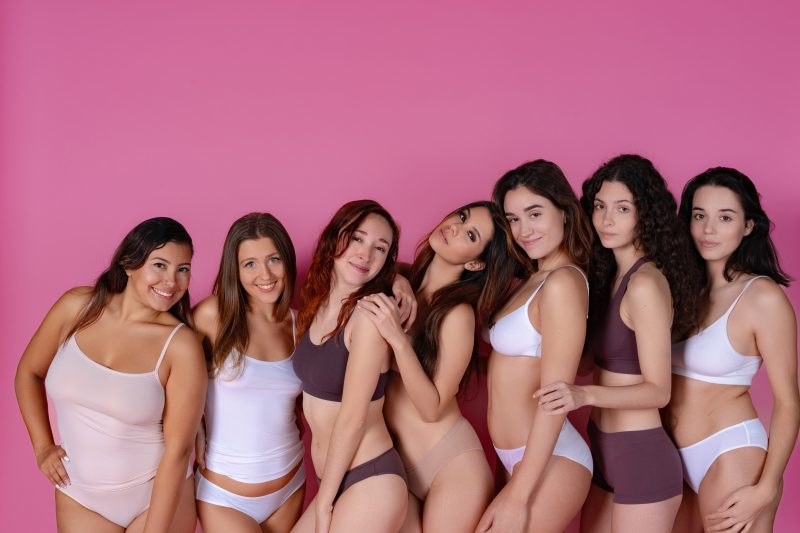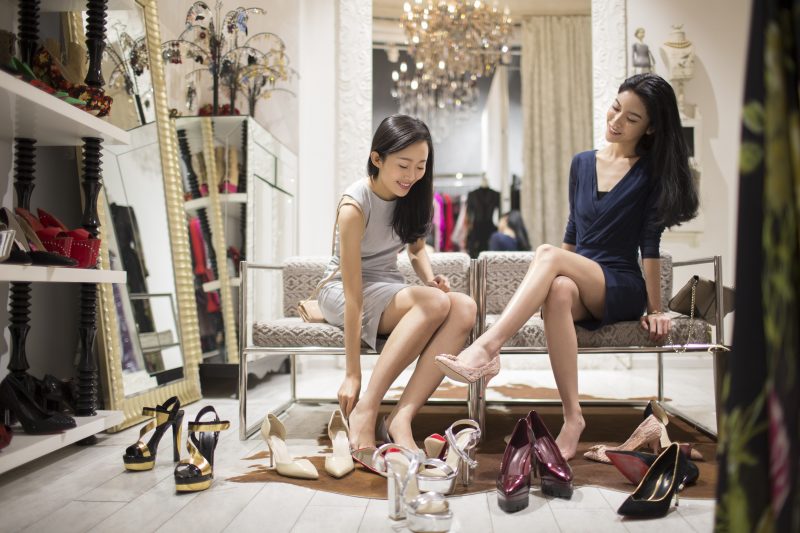Last month at London Fashion Week, I witnessed something that would shock those who think fashion editors subsist purely on a diet of designer labels and PR-gifted luxury. There I was, standing outside a show venue, when a very well-known stylist—someone whose work appears regularly in Vogue and who dresses A-list celebrities—pulled me aside with conspiratorial urgency.
"Don't tell anyone," she whispered, opening her expensive leather tote, "but look at these." Inside were three pairs of Primark tights in different deniers. "£3.50 each and honestly better than the £30 ones. I buy them in bulk."
This confession isn't actually that surprising to those of us who work in fashion. The truth is, most industry insiders—even those with discount access to luxury brands and showrooms full of samples—maintain a very pragmatic relationship with Primark. Behind the carefully curated Instagram feeds and "get the look" features suggesting head-to-toe designer, there's a secret stash of Primark basics that fashion people actually rely on.
<img class="size-full" src="https://clairewears.co.uk/wp-content/uploads/2025/04/im1979_What_UK_Fashion_People_Actually_Buy_in_Primark._drawin_9af8b1f2-8b07-49e0-99c3-90b8c401ff6f_1.jpg" alt="im1979_What_UK_Fashion_People_Actually_Buy_in_Primark._drawin_9af8b1f2-8b07-49e0-99c3-90b8c401ff6f_1" />
I'll go first with my own confession: I own precisely seven pairs of Primark's £2.50 seamless knickers. Black, practical, and completely invisible under clothing, they perform exactly the same function as similar pairs I've bought for £15-£20 elsewhere. They're my absolute non-negotiable undergarment for work events, photoshoots, or any situation where visible panty lines would ruin an outfit. At that price, I don't mind when they inevitably disappear into the mysterious sock-and-underwear black hole that exists in every home.
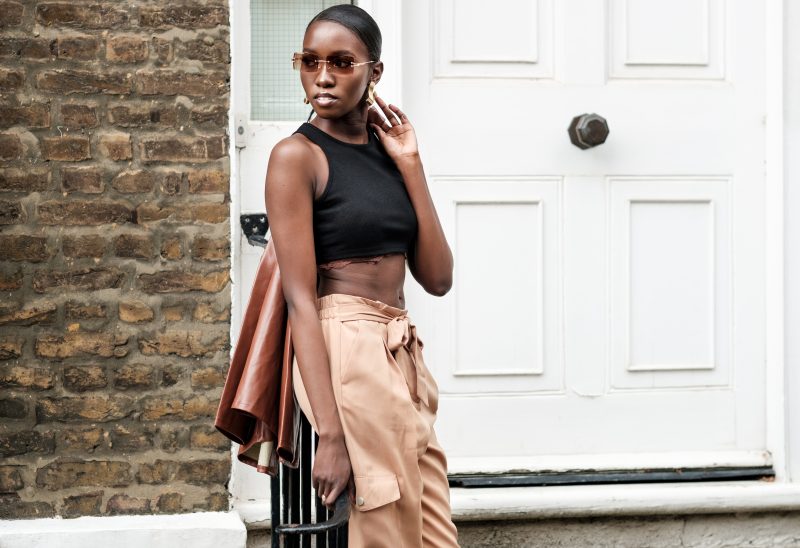
My colleague Sasha, <a href="https://clairewears.com/fashion-editors-are-abandoning-this-major-accessory-and-what-theyre-wearing-instead/" title="Why American fashion editors are ditching this major accessory (and what they wear instead)" data-wpil-monitor-id="143">fashion director at a major monthly magazine</a>, maintains a similar Primark underwear habit, but specifically for their multipack cotton briefs. "Fashion shows mean extremely long days on your feet—we're talking 12-hour stretches rushing between venues in multiple cities. Designer lingerie might look pretty, but when you're sitting, standing, and running around all day, you need practical pants that don't ride up. I buy their cotton five-packs before every fashion month."
Tights and socks feature prominently in fashion people's Primark shopping baskets. Those in the know skip past the fashion tights with patterns or embellishments (which do tend to ladder quickly) and head straight for the plain black 40-100 denier options, which several stylists I know swear perform just as well as premium brands costing five times more. For photoshoots where tights might only be needed for one look, or may need to be cut or altered, it makes no sense to use expensive hosiery—Primark's basic options are the industry standard.
Men's socks are another insider secret, particularly the plain black ankle varieties that come in multipacks. Fashion assistant Tom, who works at a luxury menswear magazine, admits to keeping a drawer full. "When you're on set and a model's socks don't work with the look, or when you need multiples of the same style for continuity in a shoot, these are perfect. No one can tell they're Primark, and honestly, they last just as long as more expensive versions."
Beyond the basics, Primark's loungewear and pajamas have earned surprising fashion credibility. Fashion PR director Leila confesses to owning multiple sets of their plain cotton pajamas. "When I'm traveling for work—fashion weeks, press trips, showroom visits—I need lightweight pajamas that pack small, wash easily in hotel sinks, and dry quickly. Their £12 sets are perfect. Plus, they look simple and understated, not covered in slogans or prints, which feels important somehow."
<img class="size-full" src="https://clairewears.co.uk/wp-content/uploads/2025/04/im1979_What_UK_Fashion_People_Actually_Buy_in_Primark._drawin_9af8b1f2-8b07-49e0-99c3-90b8c401ff6f_2.jpg" alt="im1979_What_UK_Fashion_People_Actually_Buy_in_Primark._drawin_9af8b1f2-8b07-49e0-99c3-90b8c401ff6f_2" />
This touches on something interesting about fashion people's Primark purchases: they tend to favor the plainest, most minimal options rather than trend-led pieces or obvious logos. It's about finding the generic, basic items that could come from anywhere, where the low price doesn't show in the design.
Certain specific Primark products have achieved almost cult status in fashion circles. Their basic white T-shirts (around £2.50) are industry favorites for styling on photoshoots—used as layering pieces that might be mostly hidden or needed in multiple sizes for different models. Fashion editor Diana keeps a stack in various sizes in her styling kit. "They're cheap enough that if they get marked with makeup or have to be pinned or cut for a shot, it doesn't matter. And honestly, under a beautiful jacket or layered with more expensive pieces, no one can tell they're not a £50 t-shirt."
For menswear stylists, Primark's plain white crew-neck t-shirts are similarly indispensable. Fashion director Michael admits to buying them in bulk before major shoots. "Under luxury knitwear or poking out from designer shirts, they're perfect for creating that layered look. Models are constantly sweating under studio lights, so disposable tees are essential."
The changing rooms are another area where fashion insiders diverge from average Primark shoppers. Rather than struggling with the notoriously busy public changing areas, many industry people admit to a "buy and try" approach—purchasing potential items in multiple sizes with the clear intention of returning what doesn't work. With such low price points, this feels less extravagant than it would with more expensive brands.
Certain seasonal Primark purchases appear regularly in fashion people's baskets. Their summer canvas espadrilles (usually around £4-6) are popular with stylists who need shoes that might be worn once for a beach shoot or holiday feature. Similarly, their basic flip flops become fashion week survival tools—kept in tote bags as emergency relief from painful show shoes and for quick changes between venues.
<img class="size-full" src="https://clairewears.co.uk/wp-content/uploads/2025/04/im1979_What_UK_Fashion_People_Actually_Buy_in_Primark._drawin_33594bd9-0d1f-4e70-8cb4-617a697f89bc_0.jpg" alt="im1979_What_UK_Fashion_People_Actually_Buy_in_Primark._drawin_33594bd9-0d1f-4e70-8cb4-617a697f89bc_0" />
Primark's plain vests and camis are another industry favorite, used as layering pieces under sheer blouses or low-cut items that need modesty for daytime wear. Fashion assistant Zoe confesses to owning "at least ten of their plain black strappy tops. They're like £1.80 each, wash well, and when they stretch out or get marked, I just replace them. Under expensive blazers or shirts, they're completely invisible as 'cheap' items."
Hair accessories represent another category where fashion people regularly turn to Primark. Their plain black bobby pins, simple scrunchies, and basic hair bands are standard kit for fashion shoots and events. Stylist Maya, who works regularly on editorial shoots, keeps a dedicated kit of Primark hair basics. "When you need to quickly adjust a look between shots or fix a model's hair unexpectedly, these are perfect. The quality difference between Primark's plain black hairpins and luxury versions is basically zero."
It's worth noting what fashion people don't typically buy at Primark: trend-led pieces that closely mimic designer items, anything with visible branding or logos, and most shoes (with the exceptions noted above). The sweet spot is basic items where quality isn't a significant factor, disposable pieces needed for specific professional purposes, and practical items that serve a functional rather than fashion purpose.
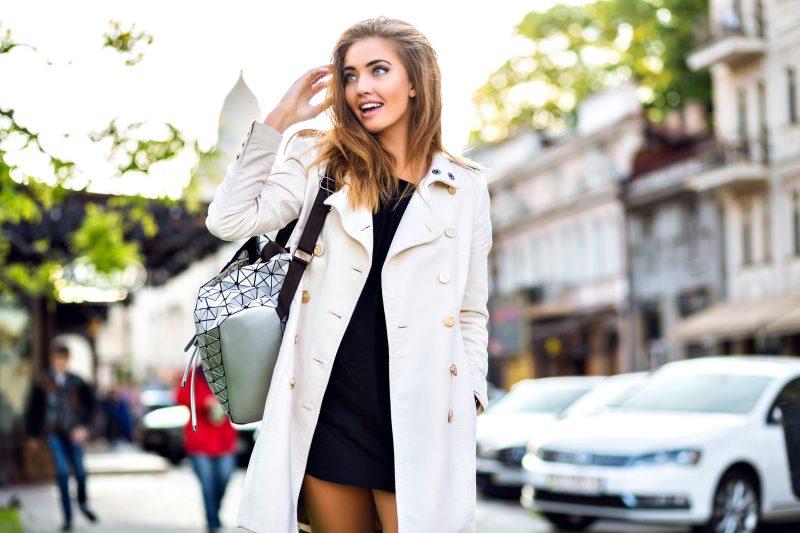
Face masks during the pandemic were a perfect example of the Primark fashion person purchase—something needed in quantity, replaced frequently, and not especially dependent on quality. Fashion stylist Imani admits to buying their plain black masks in bulk during 2020-21. "I needed multiple clean masks every day for work, and at Primark's prices, I could keep a constant rotation going through the wash."
Perhaps most interestingly, many fashion insiders describe maintaining a specific "Primark strategy"—entering with clear targets rather than browsing, knowing exactly which sections to head for, and often wearing headphones to create psychological distance from the sometimes chaotic shopping environment. It's shopping with surgical precision rather than for entertainment.
So next time you spot someone who looks suspiciously like they might work in fashion hovering around Primark's basics section, don't be surprised. They're probably not there for a complete wardrobe overhaul, but for those specific items that fashion industry experience has identified as genuine bargains—where the quality-to-price ratio actually makes sense, and where the difference between budget and luxury versions is negligible in practice.
The fashion industry may be built on aspiration and luxury, but it's also full of pragmatists who recognize when expensive doesn't necessarily mean better. Sometimes the best fashion insider advice isn't about saving up for investment pieces—it's knowing exactly when to save your money with a £2.50 Primark purchase that does the job perfectly well.
What UK Fashion People Actually Buy in Primark

